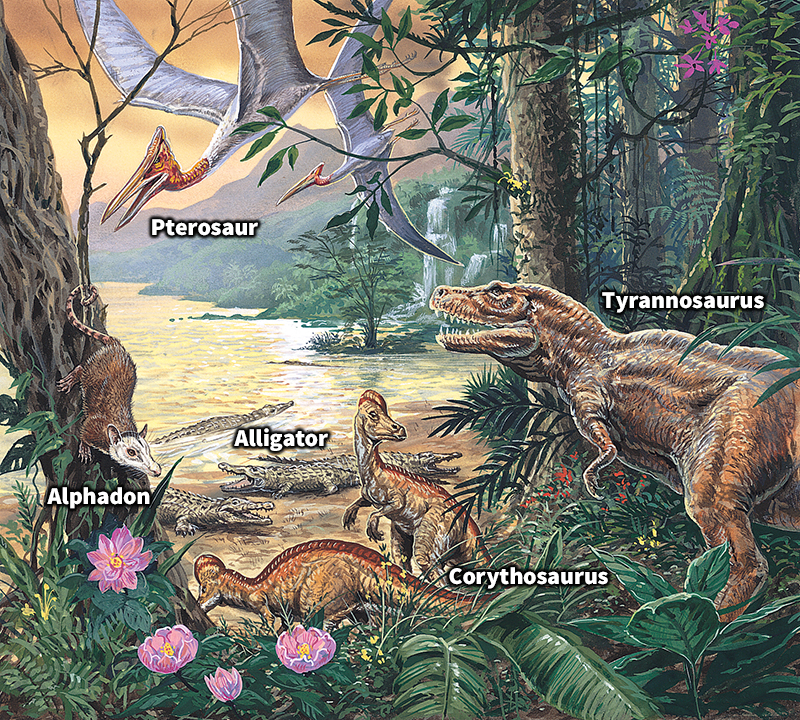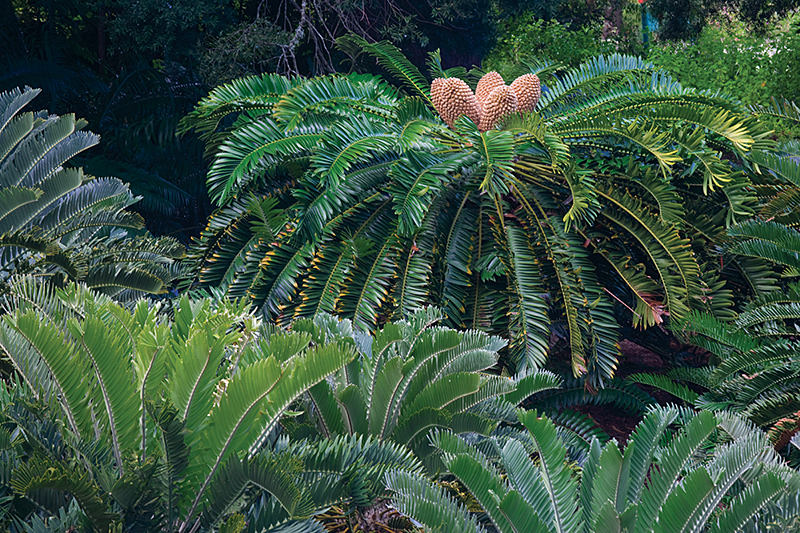Mesozoic Era was a time in Earth’s history best known as the time of the dinosaurs. The Mesozoic Era began 252 million years ago and ended 66 million years ago. The era’s name comes from Greek words meaning middle and life. It is the second of three eras that make up the Phanerozoic Eon, the time when living things became abundant in the fossil record. The Mesozoic Era consists of three periods: (1) the Triassic Period, (2) the Jurassic Period, and (3) the Cretaceous Period.

One of the most important events of the Mesozoic Era was the breakup of the supercontinent called Pangaea, beginning about 200 million years ago. The Mesozoic Era also included major mountain-building events that helped create the Rocky Mountains. Earth’s climate was generally warm, even at the poles. Sea level during the Triassic Period was low but rose steadily, reaching up to 1,000 feet (300 meters) higher during the Cretaceous Period than at present. During much of the Cretaceous Period, a shallow sea extended from north to south across North America.
Reptiles, including dinosaurs, were the dominant (major) land animals of the Mesozoic Era. Reptiles also thrived in the sea and in the air. The first mammals began to live on land in the Triassic Period. In the beginning, mammals were small, about the size of squirrels. Birds appeared in the Jurassic Period. Both mammals and birds are descended from reptile ancestors.
Conifers, cycads, and ginkgoes were the dominant plants of the Mesozoic. Angiosperms (flowering plants) appeared in the Cretaceous Period.

The end of the Mesozoic Era is marked by an extinction widely thought to have resulted from the impact of a large meteor about 66 million years ago. The dinosaurs died out at this time.
